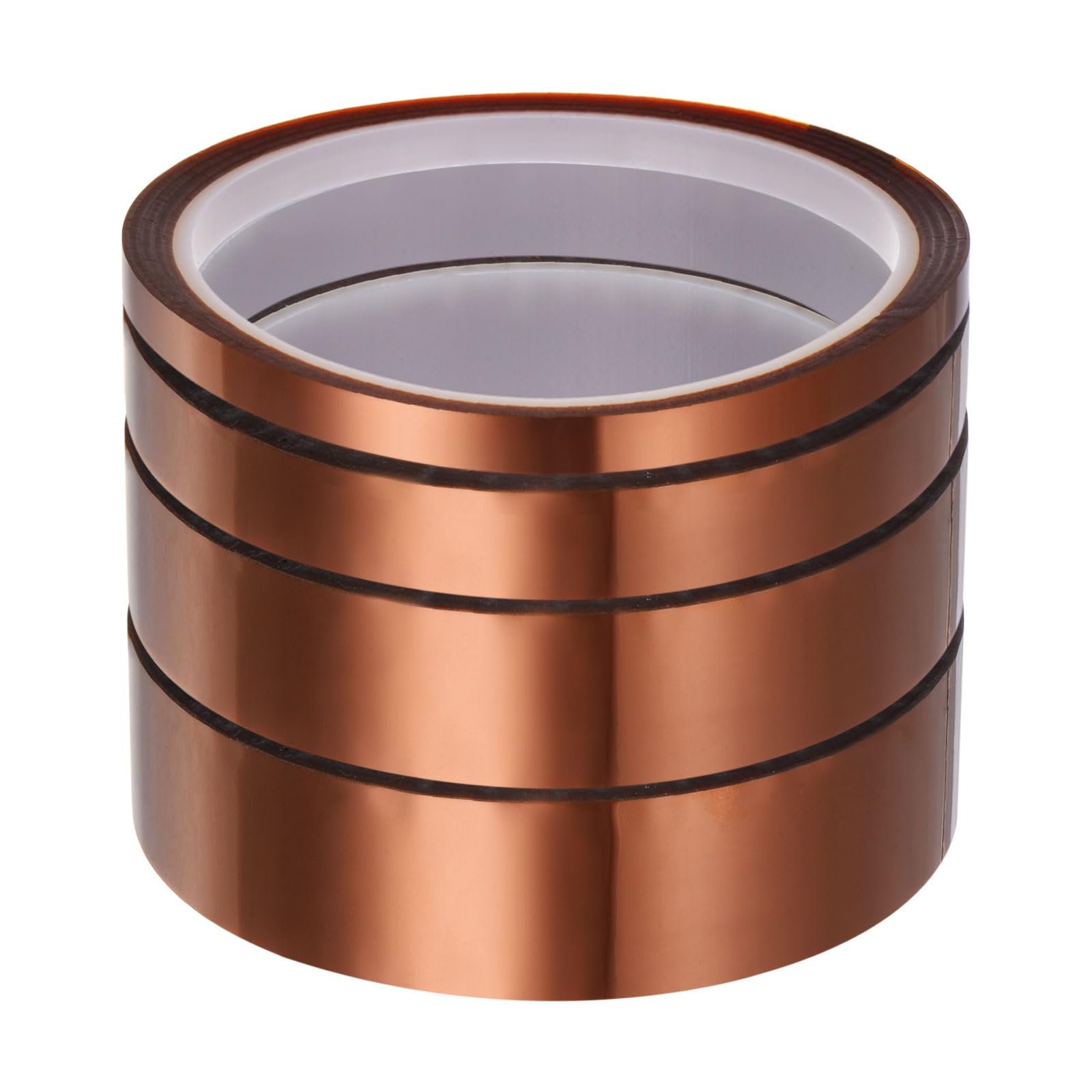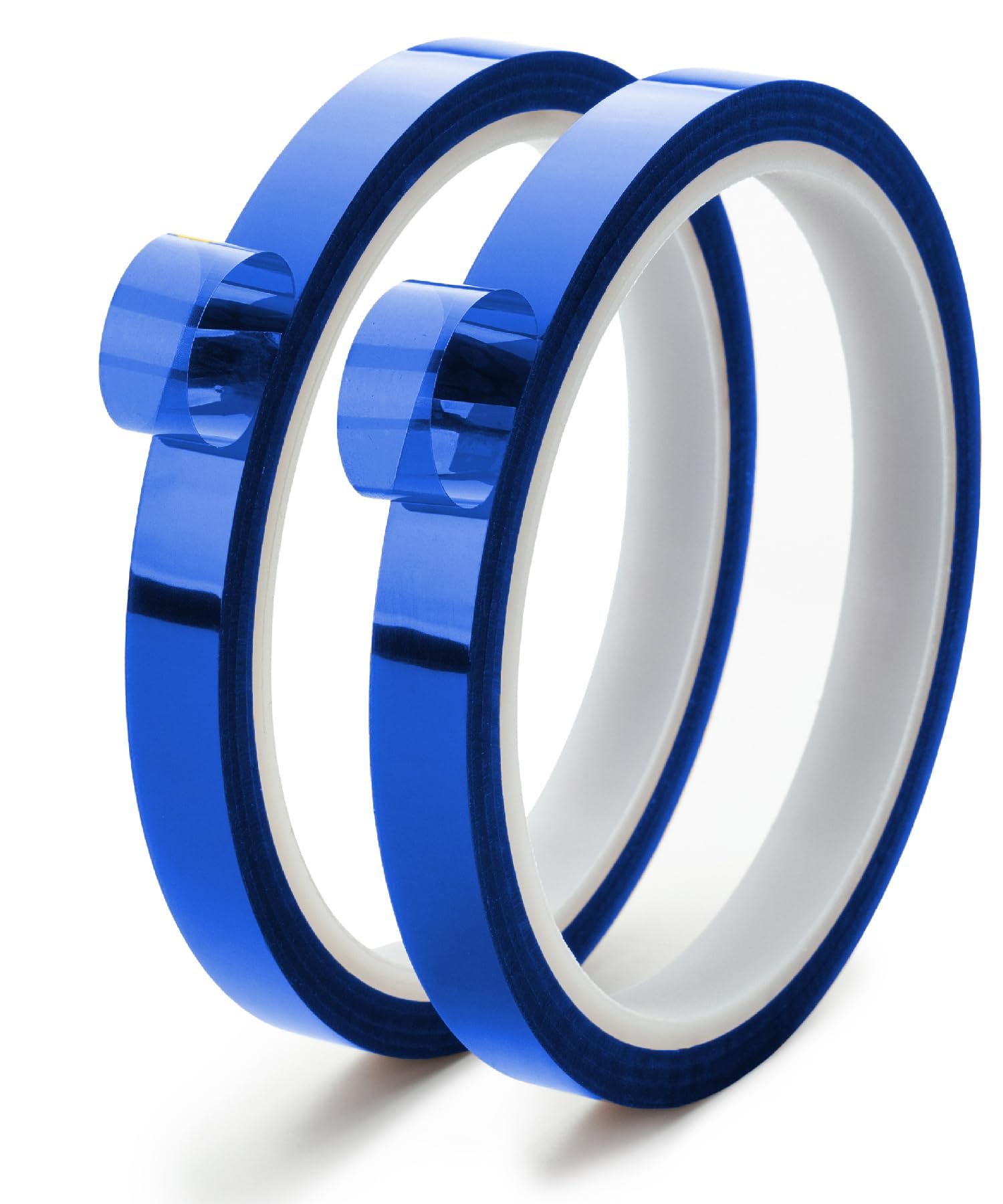DTF Thermal heat tape is an essential tool used across various industries and household applications to prevent pipes, roofs, and other structures from freezing or to maintain desired temperatures. Here’s an in-depth look at what it is, how it works, and its applications:
What is DTF Thermal Heat Tape?
DTF Thermal heat tape is an electrical heating element embedded in a flexible tape-like material. It is designed to be wrapped or secured around pipes, tubes, and other structures to provide controlled heating. The main purpose of thermal heat tape is to prevent freezing, maintain consistent temperatures, or protect surfaces from the effects of cold weather.
How Does DTF Thermal Heat Tape Work?
DTF Thermal heat tape operates by converting electrical energy into heat. It is plugged into an electrical outlet, and when powered, it emits a steady amount of heat. There are two primary types of thermal heat tape:
- Self-regulating Heat Tape: This type adjusts its heat output based on the surrounding temperature. It increases the heat when the temperature drops and reduces it when it warms up, ensuring energy efficiency.
- Constant-wattage Heat Tape: This type provides a consistent level of heat regardless of the temperature. It is generally more straightforward but lacks the energy-saving properties of self-regulating versions.
Applications of DTF Thermal Heat Tape
- Pipe Freeze Protection: One of the most common uses for thermal heat tape is to prevent pipes, especially those exposed to outdoor conditions or unheated spaces, from freezing and potentially bursting during cold weather.
- Roof and Gutter De-Icing: It is also used to prevent ice dams on roofs and gutters. By installing heat tape along the edges, it melts snow and ice, preventing water damage from blockages.
- Heating Industrial Equipment: In industrial settings, thermal heat tape helps maintain the temperature of equipment and processes that require controlled heat levels.
- Preventing Condensation: It can be wrapped around water pipes or tanks to prevent condensation that could lead to rust or mold issues.
Choosing the Right DTF Thermal Heat Tape
When selecting thermal heat tape, it’s essential to consider:
- Length and Size: Make sure the length of the tape fits the application area.
- Temperature Rating: Ensure it meets the necessary temperature requirements.
- Safety Features: Look for features such as built-in thermostats or protective insulation to prevent overheating and electrical hazards.
- Energy Efficiency: Self-regulating heat tapes are more energy-efficient but can be more expensive than constant-wattage versions.
Installation and Safety Tips
- Follow Manufacturer Instructions: Always follow the specific guidelines provided by the manufacturer for installation and operation.
- Secure Properly: Avoid using metal fasteners that could damage the heat tape or conduct electricity.
- Regular Inspections: Check periodically for signs of wear or damage, especially if the tape is exposed to harsh conditions.
- Avoid Overlapping: Do not let heat tape overlap itself, as this can lead to overheating and potential fire hazards.







